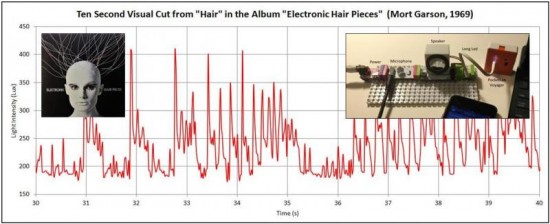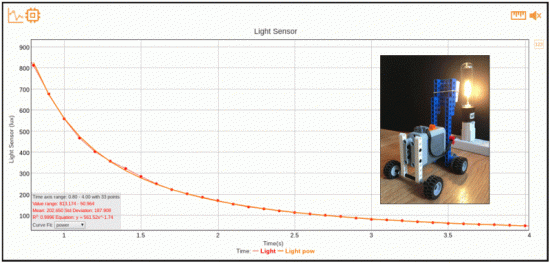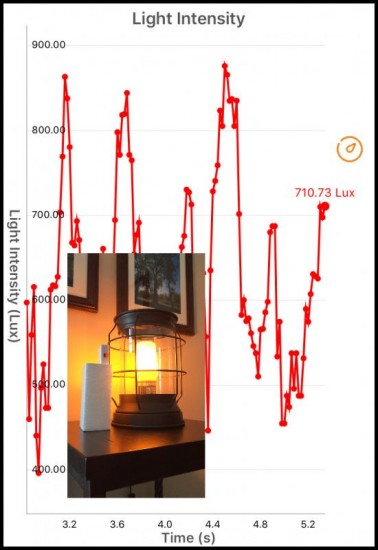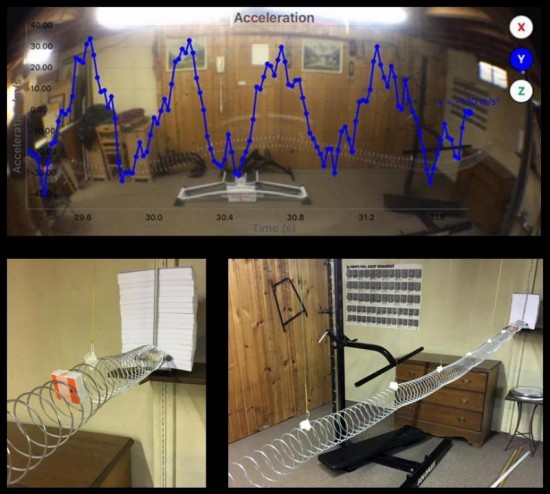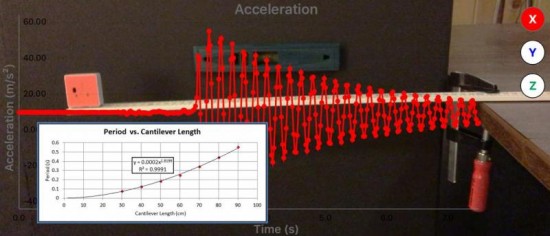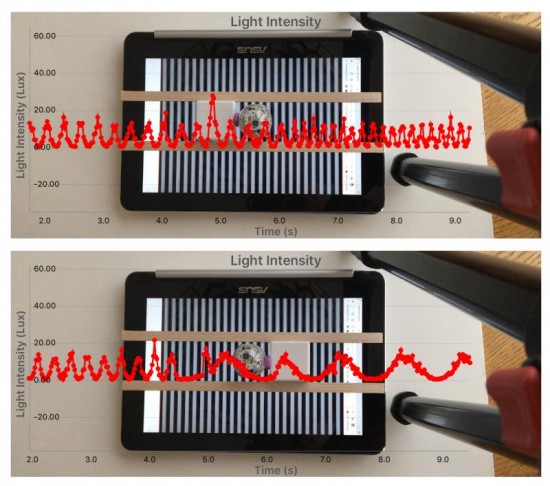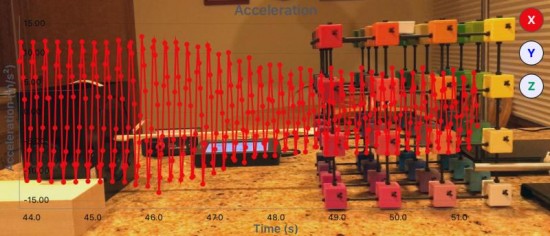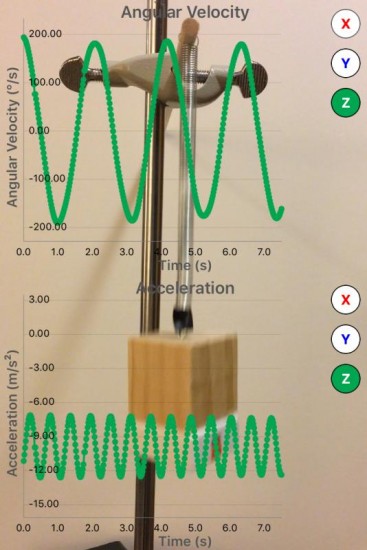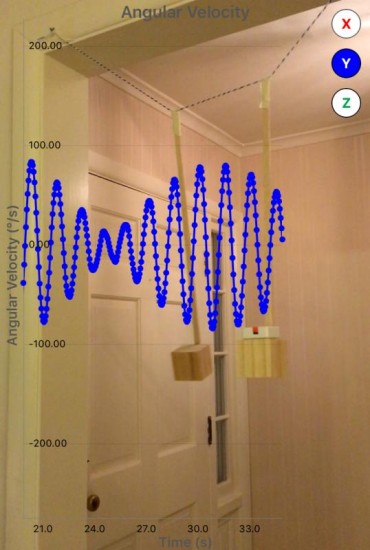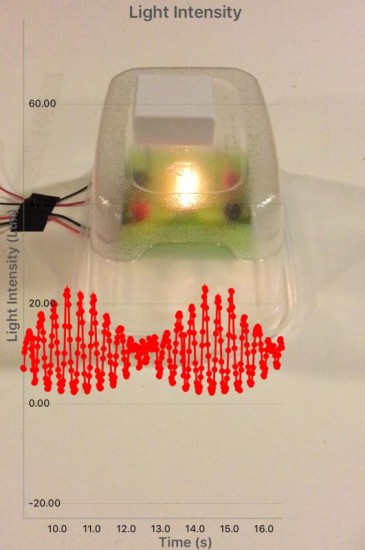Maker Project: Voyager and littleBits™ Music Visualizer
It’s not always enough to just hear music. Many of us enjoy visualizing it while listening. 4th of July fireworks are commonly synced to Sousa’s The Stars and Stripes Forever. Concert goers see spotlights flashing to their favorite pop songs. Modern home owners play their sound systems synchronized with Phillips Hue lighting and nanoleaf® light panels with a Rhythm module. For many years, classic visualizers have di

